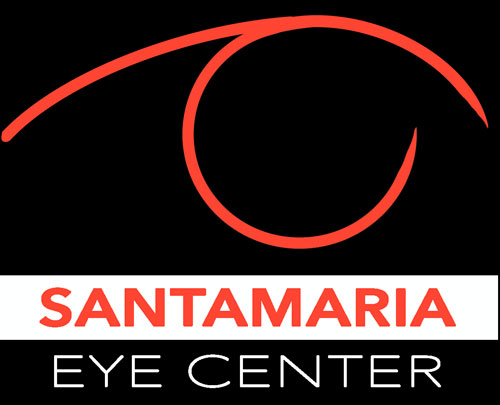17 Jul Myopic Degeneration
Myopic degeneration is an uncommon condition characterized by progressive stretching of the eye that damages the retina, the layer of light sensitive cells that lines the back of the eye. People with severe nearsightedness (high myopia) are at greater risk for myopic degeneration.
Myopic degeneration commonly occurs during young adulthood with a gradual decrease in central vision. Vision can decrease more abruptly, but typically vision loss is gradual. Although central vision may be lost, side vision usually remains unaffected. Remaining sight can still be very useful and with the help of low vision optical devices, people can continue many of their normal activities.
The causes of myopic degeneration are not clearly understood but may include biomechanical abnormalities or hereditary factors. The biomechanical theory assumes that the retina, in a myopic eye, is stretched over a larger than normal area because the eye is longer that usual. Over time, the outer coat of the eye, the sclera, also stretches in response to forces like internal eye pressure. This stretching of the sclera is thought to lead to retinal degeneration. In the hereditary theory, the retinal changes are thought to be an unavoidable, inherited process.
The only treatment for myopic degeneration is surgery to reinforce the scleral wall. This has been performed with varying degrees of success.
In some cases of myopic degeneration, new blood vessels may start growing on the retina. These blood vessels may leak fluid and if not treated, may leave scar tissue behind. In these cases, doctors may follow the treatment for age-related macular degeneration by injection medicine into the eye to avoid new blood vessel formation.

Sorry, the comment form is closed at this time.